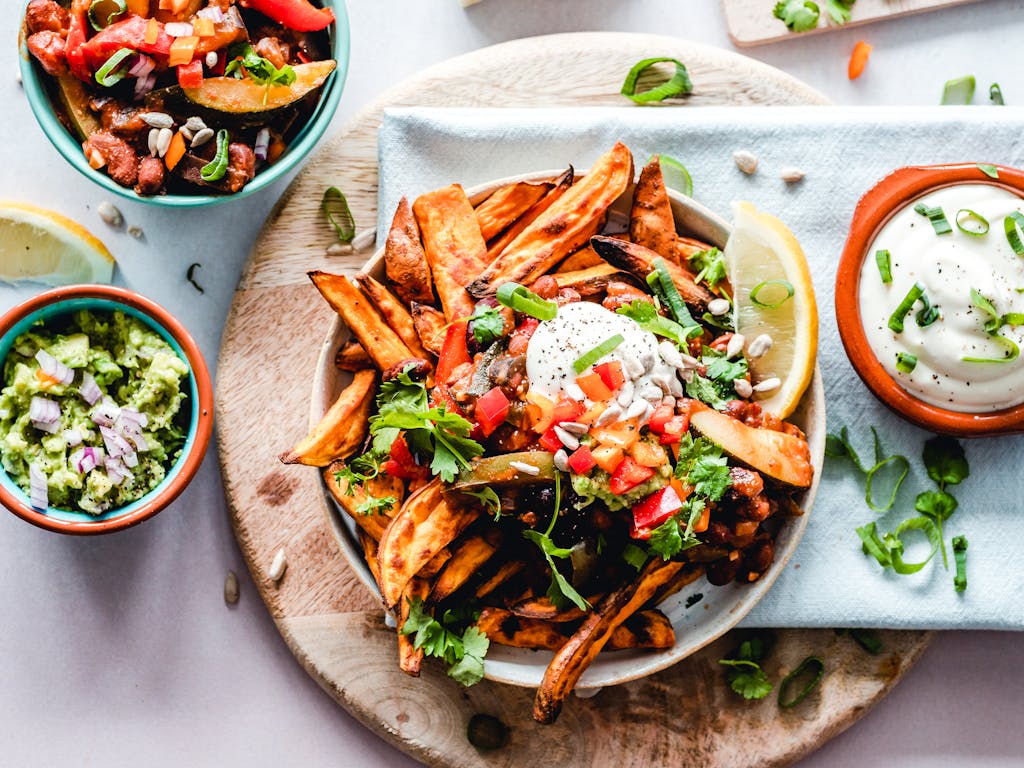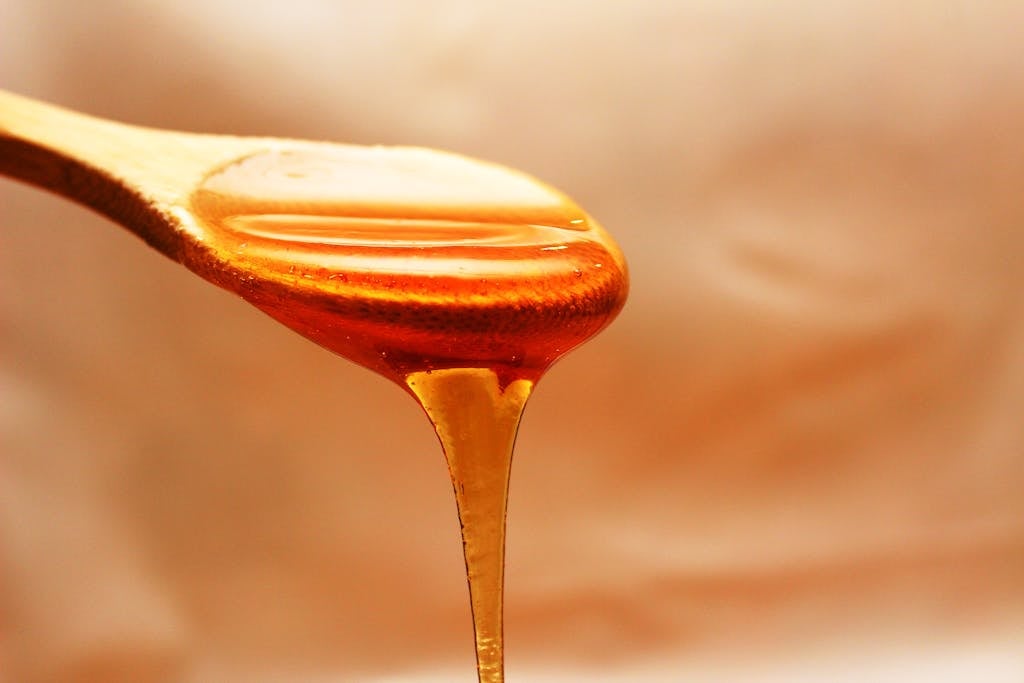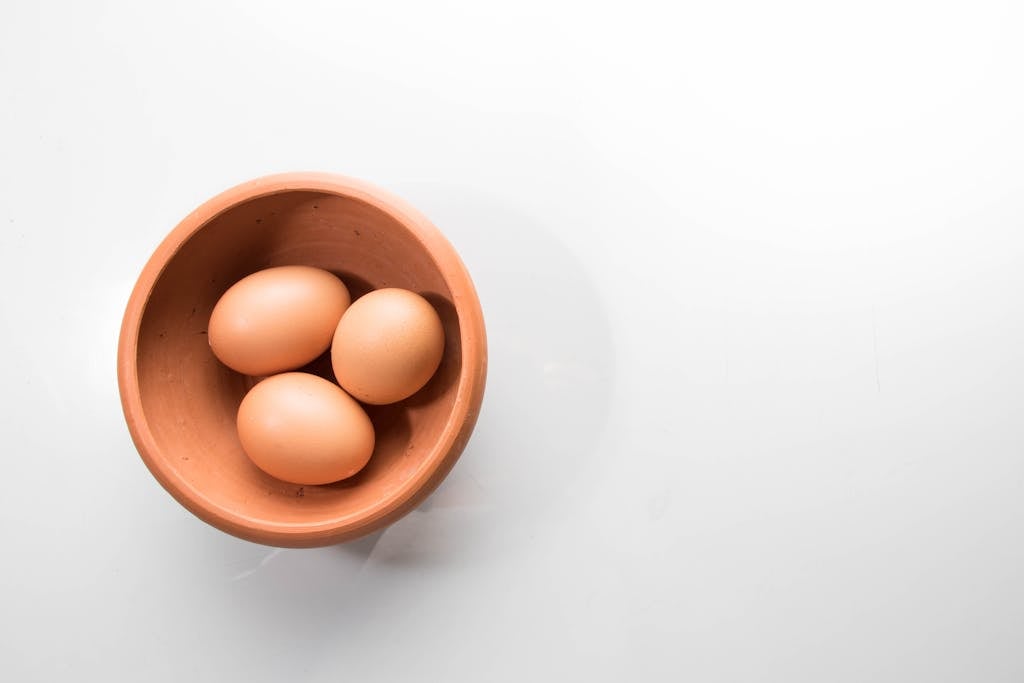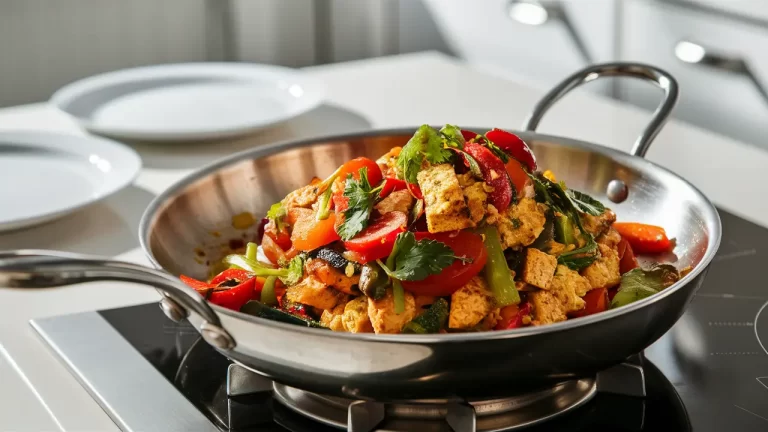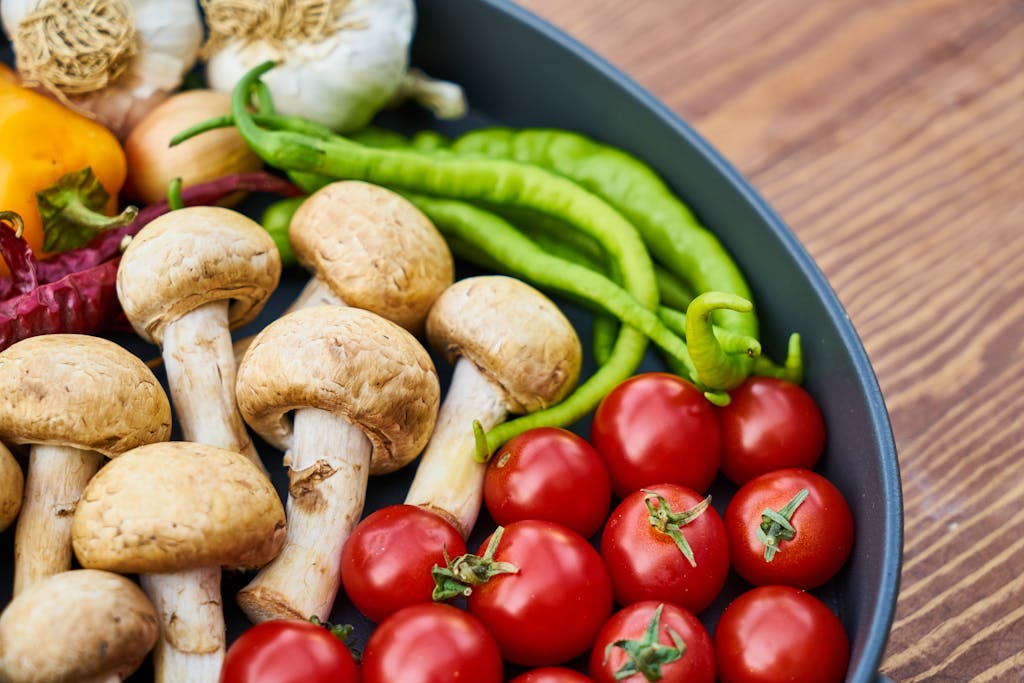
Choosing a healthier lifestyle can seem daunting, especially when it involves changing your diet. If you’re ready to transition to a vegan lifestyle, it doesn’t have to be difficult. With a few simple swaps, you can enjoy your favorite meals while maximizing plant-based nutrition.
In this post, we’ll explore 10 vegan food swaps that’ll not only replace animal products but also enhance the flavor and nutritional content of your meals. Whether you’re a seasoned vegan or just curious about plant-based eating, these swaps will help you easily make healthier choices.
Why Switch to Vegan Foods?
Choosing vegan food not only benefits your body but the environment as well. Plant-based alternatives can help reduce your risk of chronic diseases such as heart disease, diabetes, and certain types of cancer. Not only that, but plant-based diets are known to support weight management and improve gut health due to the high fiber content in fruits, vegetables, and whole grains.
Beyond personal health, opting for vegan food substitutes also minimizes you eco footprint. By eating less meat, you’re helping reduce the environmental impact of traditional animal farming.
10 Easy Vegan Food Swaps for a Healthier Lifestyle

Dairy-Free Milk
Transitioning from cow’s milk to plant-based milks is one of the easiest vegan swaps you can make. There are numerous options available, including almond, soy, oat, coconut, and rice milk. Each type offers unique benefits and flavors.
For example, almond milk is low in calories and a good source of vitamin E, while soy milk provides a protein content similar to cow’s milk. These alternatives not only work well in cereals and smoothies but are also great for cooking and baking.
Egg Replacements
Eggs are commonly used in cooking and baking, but several vegan alternatives can perform similar functions in your recipes. For binding, you can use mashed banana or applesauce. For leavening, try a mixture of vinegar and baking soda.
Tofu is great for scrambles and omelets, while products like aquafaba (the liquid from canned chickpeas) can be whipped to replace egg whites in recipes like meringues and mousses.
Meat Substitutes
With the rise of plant-based diets, the variety and quality of vegan meat substitutes have significantly increased. Products like seitan, tempeh, and textured vegetable protein (TVP) offer the “meatiness” you remember and are excellent protein sources.
They can be used in a myriad of dishes, mimicking beef, chicken, or pork in stews, stir-fries, and grilled recipes.
Nutritional Yeast for Cheesy Flavor
Nutritional yeast is a staple in any vegan pantry, known for its cheesy, nutty flavor. It’s an inactive yeast that comes in the form of flakes or powder and is rich in B vitamins, including vitamin B12, which needs to be supplemented for vegans.
It’s perfect for sprinkling over popcorn, stirring into mashed potatoes, or adding to soups and sauces for a boost of umami and cheese-like flavor without any dairy.
Chia & Flax Seeds instead of Eggs for Baking
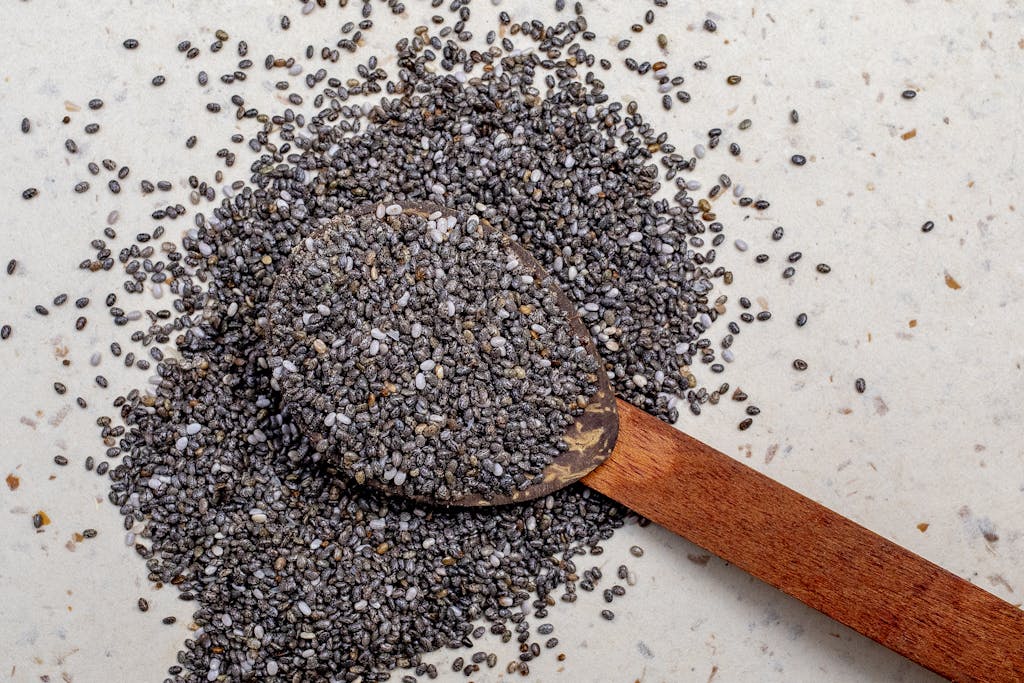
Chia and flax seeds are fantastic for vegan baking. When mixed with water, they form a gel-like consistency that can mimic the binding properties of eggs in recipes like muffins, pancakes, and quick breads.
Besides being an egg substitute, both seeds are great sources of omega-3 fatty acids, antioxidants, fiber, and calcium, boosting the essential nutrients in your diet.
Tofu as a Universal Protein Substitute
Tofu, made from pressed soybeans, is incredibly versatile and can take on almost any flavor, making it an ideal protein substitute in a vegan diet.
It can be grilled, fried, scrambled, or blended into smoothies. Tofu is also rich in protein, iron, and calcium, providing essential nutrients needed for overall health. Its ability to absorb flavors from spices and marinades makes it a popular choice for a wide range of dishes.
Avocado to Replace Mayo and Creams
Avocado can add smoothness and creaminess to vegan dishes without the need for dairy, eggs, and oils. It’s perfect for making creamy sauces, dressings, soups, or even desserts like chocolate mousse. Avocado is also packed with healthy fats, vitamins, and minerals that promote heart health and help maintain a healthy skin tone.
Sweet Potato Toast instead of Bread
Sweet potato “toast” is a fun and nutritious bread alternative. Simply slice sweet potatoes lengthwise and toast them until tender and crispy.
They can be topped with anything from almond butter and banana slices to a rich bean spread. Rich in vitamins A and C, fiber, and potassium, sweet potatoes can enhance your diet while satisfying cravings for something hearty.
Cauliflower Rice for a Low-Carb Option
Cauliflower rice is a fantastic low calorie and low-carb substitute for traditional rice that’s easy to make and highly versatile. Pulse cauliflower florets in a food processor until they resembles rice, and they can be used to stretch a rice serving for lower calories, or eaten as a side on their own.
Cauliflower rice can be sautéed with a bit of oil and seasoned to taste, serving as the perfect base for dishes like stir-fries, burrito bowls, or sushi. It’s not only lower in calories but also high in fiber and vitamins like K and C.
Vegetable Noodles as a Pasta Alternative
Vegetable noodles, like carrot or zucchini “zoodles,” are a popular pasta alternative for those looking to up the nutrient profile of their meals. They can be made with a spiralizer or a vegetable peeler and work well with a variety of sauces, from marinara to creamy avocado or almond pesto.
Veggie noodles are low in calories but high in nutrients, including antioxidants, potassium, and vitamin C, making this a healthful swap that doesn’t compromise on flavor or texture.
Make the Switch: How to Successfully Implement Vegan Food Swaps

Transitioning to a vegan diet is an enriching path to healthier eating habits, but it requires thoughtful planning to go without a hitch. Here are some tips to help you successfully implement vegan food swaps into your daily regimen.
Start Small
Don’t overwhelm yourself by attempting a complete diet overhaul overnight. Begin with small, manageable swaps. For instance, replace cow’s milk with almond or soy milk in your morning cereal. Gradual changes can lead to lasting habits.
Learn to Read Labels
Animal ingredients can hide under unfamiliar names, and not all packaged foods that appear vegan-friendly are actually free of animal byproducts. Educate yourself on common non-vegan ingredients, like gelatin or casein, so you make informed choices.
Experiment with New Flavors
A common misconception about vegan food is that it’s bland or uninteresting. Break this myth by trying new ingredients and cuisines. Explore ethnic grocery stores for unique vegetables, grains, and spices to add a new dimension to your meals. Incorporating diverse flavors will keep your diet interesting and enjoyable.
Focus on Nutrition
When cutting out animal products, it’s vital to ensure you’re still getting a wide variety of nutrients. Incorporate a variety of foods like nuts, seeds, legumes, whole grains, and plenty of fruits and vegetables. Consider consulting a nutritionist to plan a diet that meets your individual needs.
Use Technology and Resources
Tons of apps and online resources are available to simplify your transition. Apps like HappyCow can help you find vegan dining options, while blogs like Ayurvega and social media platforms offer countless recipes and tips for vegan living. Finding your online community can also provide support and inspiration.
Plan Your Meals
Planning is crucial when adopting any new diet. Start each week with a solid meal plan and grocery list, and ensure your pantry is stocked with vegan-friendly staples. Having a plan reduces the likelihood of reverting to non-vegan options in a pinch.
Keep It Fun and Creative
Experimenting in the kitchen is one of the best parts of going vegan. Try veganizing your favorite traditional recipes or inventing new ones. Cooking new dishes can keep your meal rotation exciting and make the transition smoother.
The Wrap Up
Embracing a vegan diet can be an exciting journey. With these smart swaps, you’re contributing to a more sustainable world and improving your health without sacrificing flavor or satisfaction.
Remember, transitioning to a plant-based lifestyle doesn’t have to happen overnight. Gradual changes and thoughtful choices will help you make change that sticks. Explore these alternatives, add your personal touch, and watch as your meals transform into vibrant, plant-powered plates you love.
